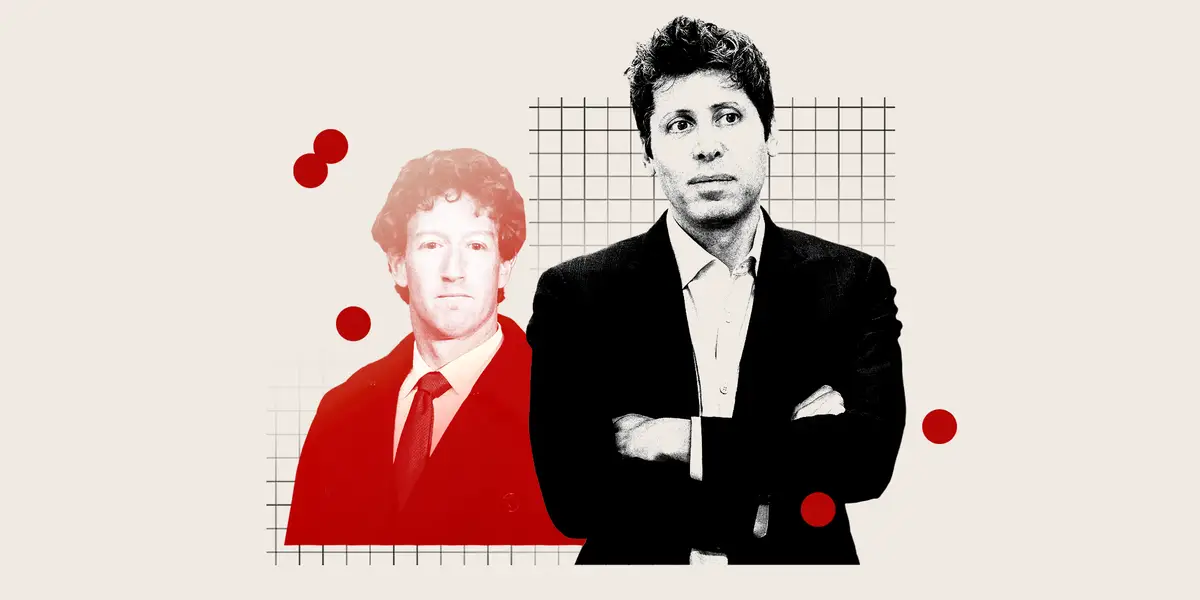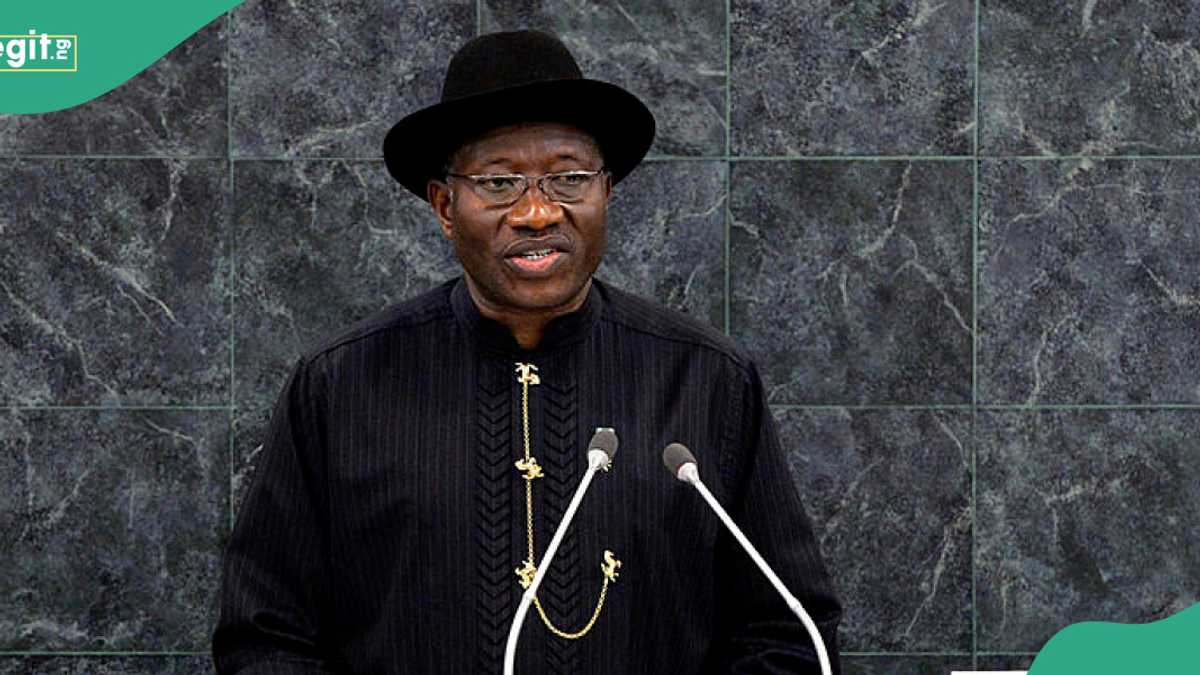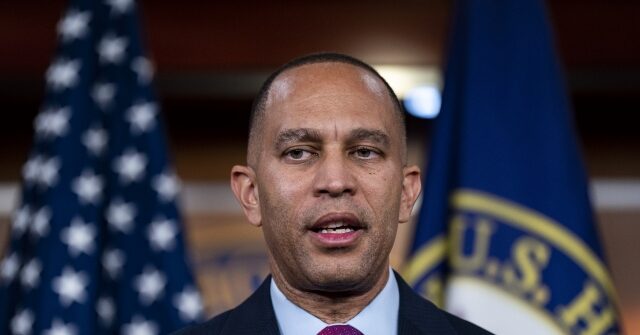Copyright Screen Rant

Netflix is undertaking the first-ever adaptation of a classic piece of science fiction literature. The Future is Ours (El futuro es nuestro), based on Philip K. Dick's 1956 sci-fi novel The World Jones Made, will be an eight-episode limited series set in 2047, when an ecological crisis has resulted in "draconian measures to safeguard the environment and combat widespread hunger and violence." Against this backdrop, a police officer tracks down a young preacher who has been claiming to be able to see the future online, but his arrest only allows him to become the figurehead of a revolutionary movement against FedSur, the coalition of South American countries serving as the current regime. This Spanish-language adaptation of Dick's novel has Mateo Gil (The Sea Inside) on board as showrunner. Production has begun on Netflix Latin America's The Future Is Ours, according to Variety. "It's one of our most ambitious and complex productions, at the same level of scale and complexity as One Hundred Years of Solitude or The Eternaut," says Netflix's VP of content for Latin America Francisco Ramos in a statement. "The idea — the core purpose of the series — is for it to be a truly Latin American show, not limited to any one geography or nationality," Gil continues. The Future Is Ours' cast is confirmed to include Emiliano Zurita, Delfina Chaves, Marco Antonio Caponi, Alfredo Castro, Enzo Vogrincic, and Marleyda Soto. The series directors are Vicente Amorim, Jesús Braceras, and Daniel Rezende. Gil co-wrote the series with One Hundred Years of Solitude's Camila Brugés Gómez, as well as Laura Santullo and Kyzza Terrazas. It is being produced by K&S Films and Electric Shepherd Productions, with Isa Dick Hackett, Sarah Scougal, Matías Mosteirín, Diego Copello, Emiliano Torres, Micky Buye, and Analía Castro all as executive producers. Gil also revealed that they have cut the alien plot points from Dick's original novel, in which predictions about Earth's future encounters with life beyond the planet play a key role, instead focusing on environmental catastrophe being the driving force of the conflict. This is likely intended to make the story more grounded, reflecting more recognizable real-world issues.



